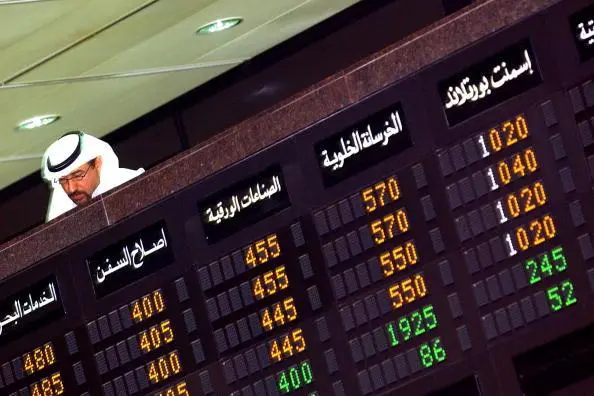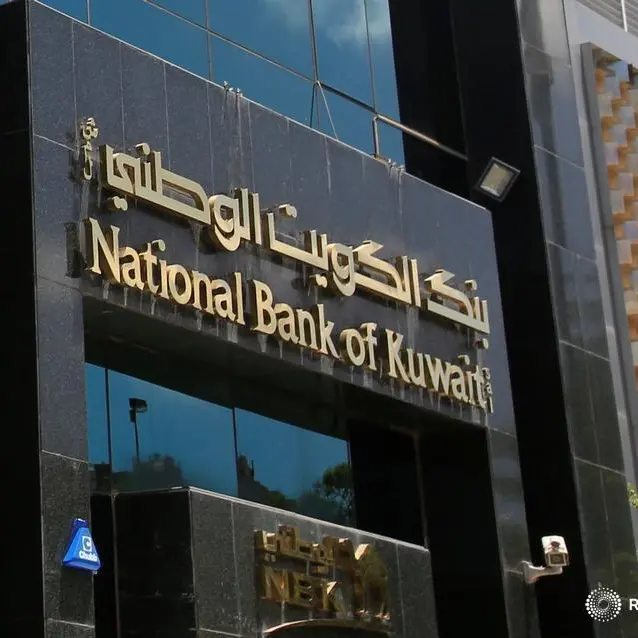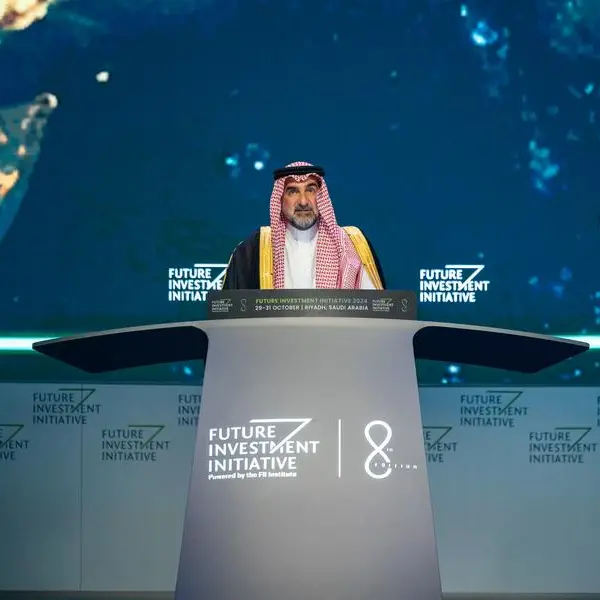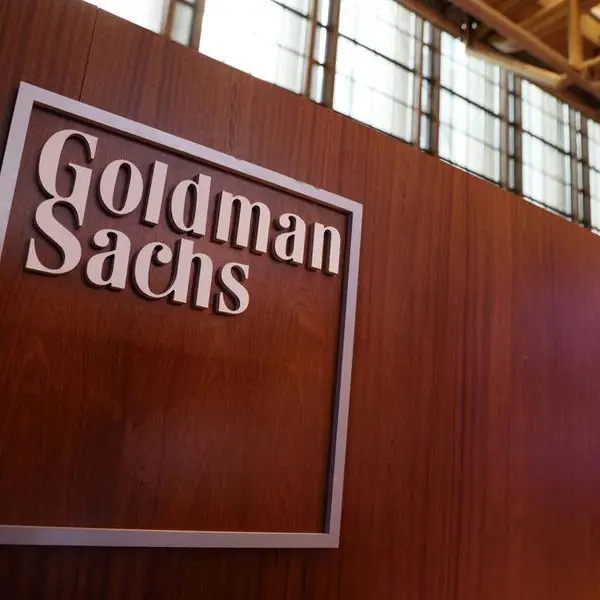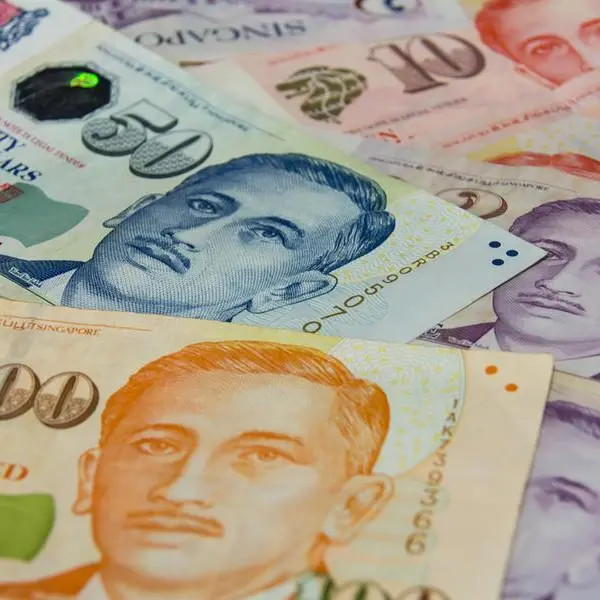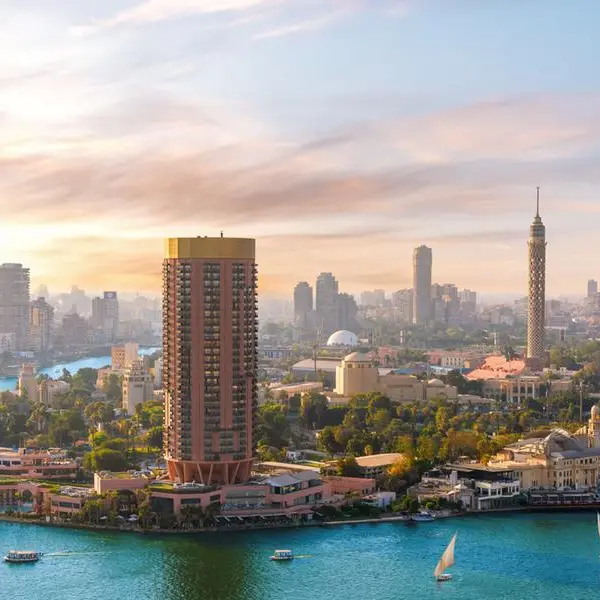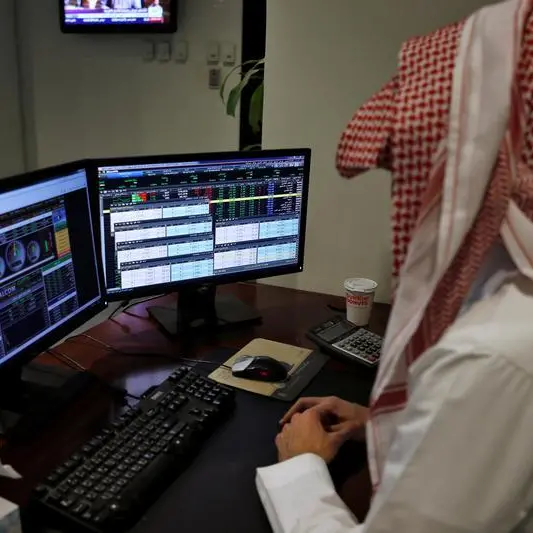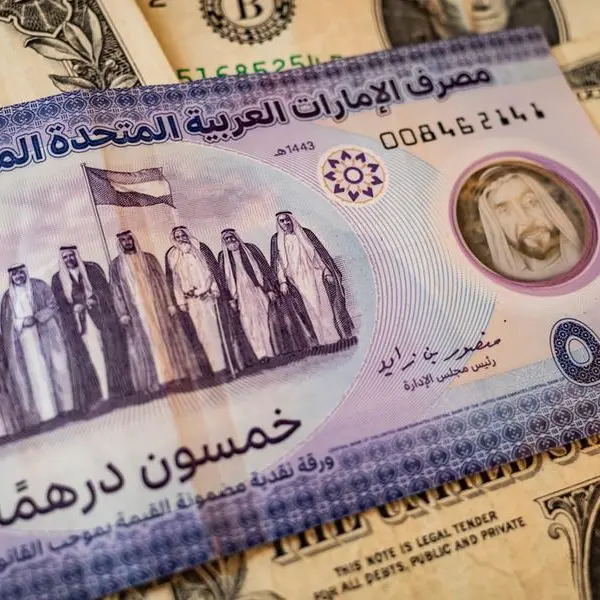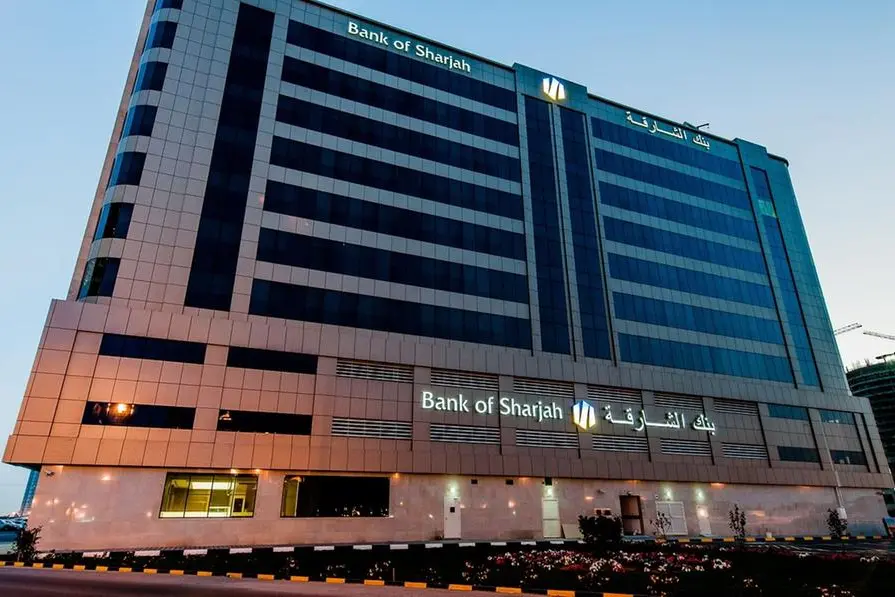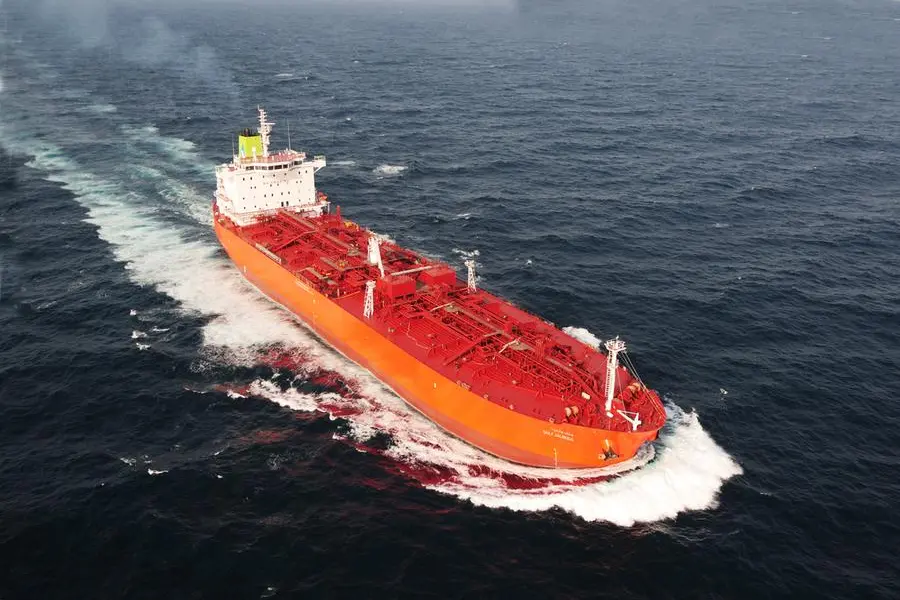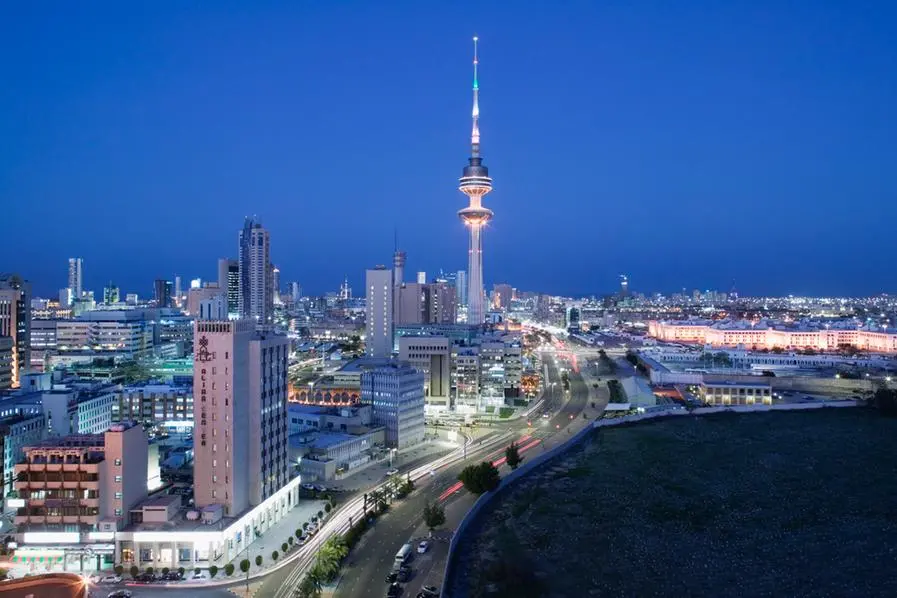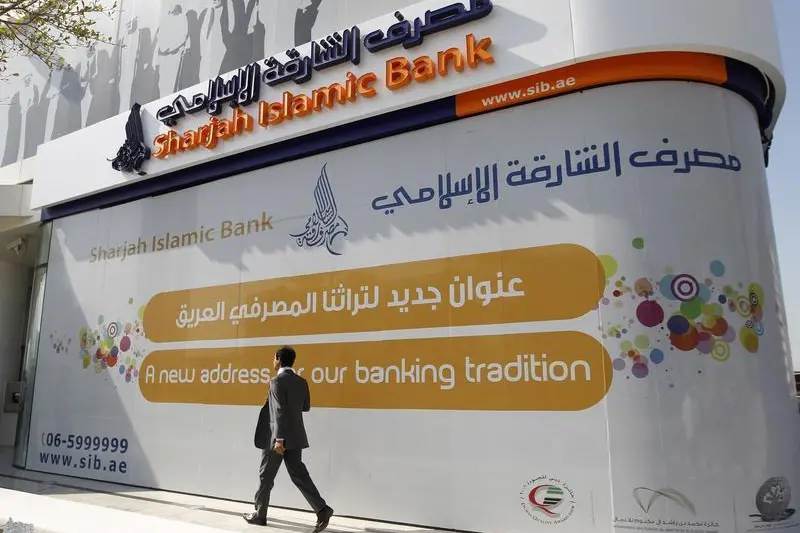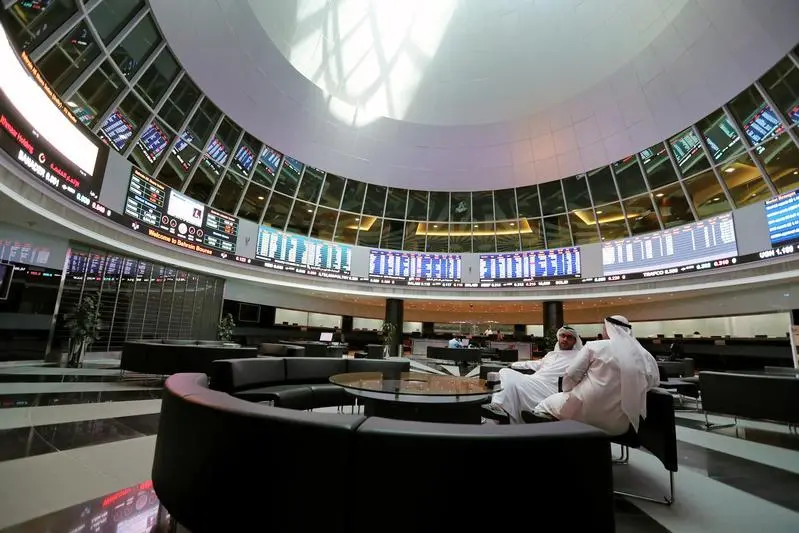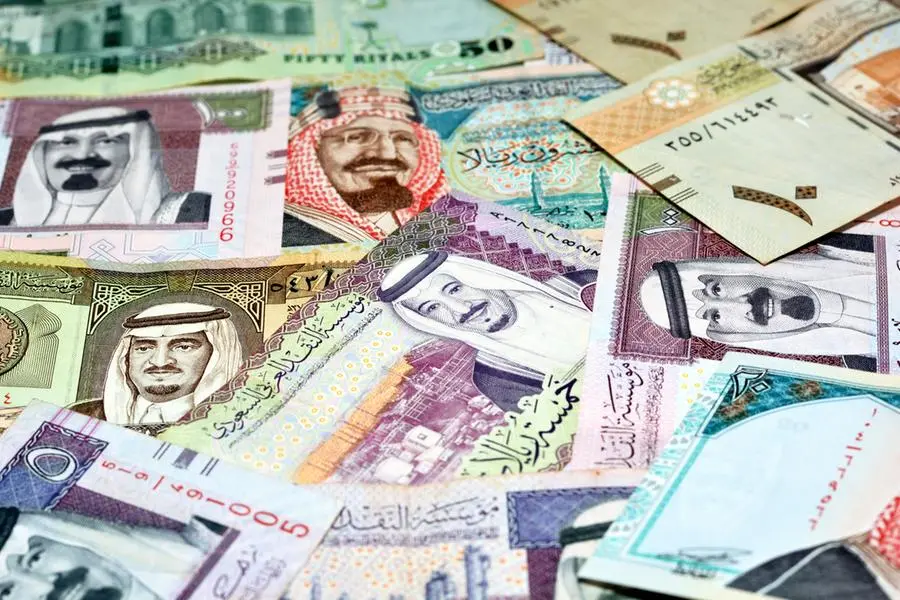PHOTO
KUWAIT CITY-KUWAIT APRIL 23: A Kuwaiti investor looks onto the trading floor at the Kuwait Stock Exchange April 23, 2003 in Kuwait City, Kuwait. The stock exchange, established in 1983, has been reaching record highs in vigorous trading. (Photo by Graeme Robertson/Getty Images)
Kuwait - The Middle East is a major center for the global investment industry given the number of wealthy economies in the region, in addition to huge oil revenues and investment-friendly government policies, which have contributed to the prosperity of the investment climate, reports Al-Anba daily quoting APN News.
The site added that regional governments have long adopted an active role in the investment scene in the Middle East, given that the largest investment bodies in the region actually belong to governments. The site said that the main criteria for qualifying for the list of the top 10 funds are the size of the assets under management of the investment entity.
It is clear that the investment industry in the Middle East enjoys a clear dominance of sovereign wealth funds owned by governments among the largest investors in the region, as nine out of ten major investment entities in the region are SWFs and investment vehicles owned by governments. The site said that the Kuwait Investment Authority (KIA) occupies the second place on its list in terms of assets under management, which amount to $708 billion, slightly less than its predecessor, the Abu Dhabi General Investment Authority, by $709 billion. The Kuwait Investment Authority is proud to be the oldest sovereign wealth fund in the world, having been established in 1953 as the Kuwait Investment Board to manage the country’s surplus oil revenues.
The authority started its activities under its current name since 1982. The KIA is governed by a board of directors that makes investment strategy decisions independently of the government of Kuwait, and the fund has established external offices in London and Shanghai to better support its international investment operations.
The General Investment Authority consists of two main funds, the General Reserve Fund and the Future Generations Reserve Fund. The first fund is considered the main one, in which all the country’s oil surpluses are deposited for the purposes of investment and capital growth. The investments of this fund are concentrated in the markets of Kuwait, the Middle East and North Africa.
The Kuwaiti government can withdraw funds from the General Reserve Fund when needed.
As for the Future Generations Fund, it invests mainly outside Kuwait, and its investments include stocks, bonds, private equity companies, and infrastructure and real estate projects. Unlike the General Reserve Fund, the government may not withdraw money from it for public spending, as all returns generated from its operations are reinvested for further growth.
The site said that the United Arab Emirates is the country that dominates the list, as six of the ten largest investment entities in the Middle East hail from this Gulf economy, while Kuwait, Saudi Arabia, Qatar and Iran each have one representative on the list. Given the UAE’s dominance by the number of listed companies, it is not surprising that the country holds the largest share of total assets under management among the top 10 investment entities in the region.
Of the $3.7 trillion managed by the ten largest investment institutions in the Middle East, nearly half ($1.8 trillion) belong to Emirati entities, including five sovereign wealth funds and one private investment fund. As for the top 10 investment entities, they are as follows — the Abu Dhabi, $709 billion, the Kuwait Investment Authority -$708, billion, Saudi Public Investment Fund – $620 billion, Qatar Investment Authority – $461 billion, Dubai Investments Fund – $320 billion, Dubai Investment Corporation – $302 billion, Mubadala Investment Fund – $284 billion, Iran’s National Development Fund – $139 billion, the Abu Dhabi Development Holding – $102 billion and Emirates Investment Authority – $78 billion.
© 2022 Arab Times Kuwait English Daily. All Rights Reserved. Provided by SyndiGate Media Inc. (Syndigate.info).
